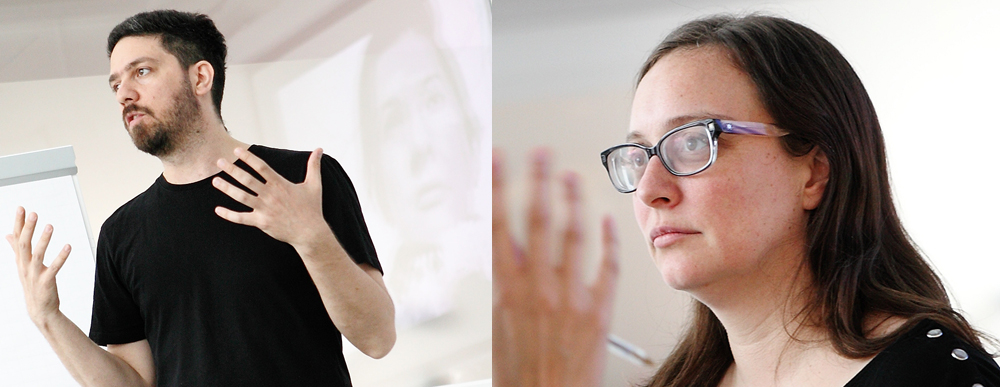What We Didn’t Learn in Art School: The Politics of Solidarity
What we didn’t learn in art school is that ideas, practice, and consequence go hand in hand. We did not learn that we must mean what we say, that the words of social justice we quote in artistic statements about injustice and unfairness should refer directly to the social interventions that we make, that we should fight against these injustices and the racism and misogyny and class privilege that accompanies a bourgeois education. As much as the history of art we should then look at the history of struggles for social justice, and feel accountable to them as much or more than those of the histories of art. Indeed, there are histories of art to be told from the position of social struggle, often obscured by the obsessive over-emphasis on the roles of individual creators over those of the collective processes artists find themselves in.
That is, we should look to the history of solidarity between cultural workers and social activists, or between the work of culture and the work of social intervention to understand the grounds upon which to stage social-artistic interventions that occur in alignment with projects of social justice. Where the concept of solidarity can be associated with a moral obligation on the one hand, or with an idea of meeting on the grounds of sameness on the other, here we use it as Rubén Gaztambide-Fernandez does in his proposition for a decolonizing pedagogy, as a coming together that hinges on radical differences and yet insists on relationships of incommensurable interdependency. (*2)
(*2)
Solidarity I – Solidarity with One Another, Intervening from Within
As has been previously mentioned, the first grounds for solidarity often occur within the field of cultural production itself. Of late, a number of interventions have occurred that link the struggles of cultural workers and from there, link them to other fields.
Examples of these include WAGE, who have advocated for fair pay for artists, naming and shaming cultural institutions for underpayment of artists but also aligning themselves with boycotts including that of the recent withdrawal of artists from the Israeli iteration*5 *(5) of Creative Time’s Living As Form exhibition. Others include Artleaks, which has created a platform for information sharing as the grounds for interventions in the cultural field. The Gulf boycott Labour also aligns the struggles of cultural workers with those of construction workers in the Gulf region, threatening withdrawal of cultural labor if fair conditions are not reached in the construction of new galleries and educational institutions.
Equally the recent withdrawal of the artistic collective YAMS from the Whitney Biennial to highlight its practices of institutional racism staged an intervention on the basis of the conditions of white supremacy experienced in the art world, and its alignment with practices in the broader social milieu. (*3)
(*3)
This first kind of solidarity sees its first stage of intervention in the cultural field and seeks to work from there, for social justice in other fields.
Janna Graham, Nicolas Vass ( 2014): Intervention / Art. In: p/art/icipate – Kultur aktiv gestalten # 05 , https://www.p-art-icipate.net/intervention-art/



 Artikel drucken
Artikel drucken